Perennial herb, stoloniferous, stolons up to 5.0 mm diam., forming clumps of few to multiple rosettes. Leaves 15–40 × 4–8 mm, linear-spathulate to narrowly obovate, glabrous, coriaceous, glossy, green and sometimes suffused with purple, sparse glandular hairs at base, amphistomatic, midrib immersed above, midrib and laterals ridged beneath, gradually narrowing to v-shaped winged petiole; apex obtuse to rounded; margin entire, recurved, more-or-less irregular in outline; base attenuate; alternate on stolons, or clustered and forming rosettes on short lateral shoots. Peduncles 1.7–13.0 cm long, 1.0–1.8 mm wide, 1 per rosette; hairs short, stalked, glandular, dense and shorter below capitulum; bracts absent. Flowers 20–25 mm wide when open. Receptacle c. 2.5 × 1.5 mm, subconical, alveolate, glabrous. Involucre 5–8 mm wide; bracts15–25, 1–2(–3) rows; outer bracts 4.0–4.6 mm long, 1.0–1.2 mm wide, oblong-elliptic, green suffused with red, densely to moderately glandular, apex obtuse; inner bracts smaller, 2.3–3.3 mm long, sparsely glandular or glabrous, margins hyaline, fimbriate, green suffused with purple. Ray florets 25–35, female; corolla limb 5.9–7.8 mm long, 1.3–1.5 mm wide, white with very pale purple-pink flush beneath, base attenuate to cuneate, apex obtuse to subacute; corolla tube 0.9–1.1 mm long, with sparse glandular hairs; ovary 1.4–1.7 mm long, glabrous, smooth; style 1.7–2.0 mm long, whitish-green; stigma 2-fid, arms 0.6–0.8 mm long, emergent from corolla. Disc florets 38–41, hermaphrodite; corolla 2.4–2.7 mm long, c. 0.7 mm wide, yellow, sparsely glandular, 5-lobed, stylar tube c. 0.4 mm long; filaments 1.5–1.7 mm long, anthers c. 0.3 mm long, basifixed; ovary 1.2–1.4 mm long, glabrous, smooth; style 1.9–2.1 mm long, whitish-green; stigma 2-fid, arms c. 0.5 mm long, emergent from corolla. Cypsela 2.5–3.0 mm long, 0.9–1.0 mm wide, narrowly obovate to obovate-elliptic, glabrous, smooth, compressed, light brown or yellow-brown, biconvex, apex rounded, base attenuate, margin with obtuse rib; pappus corona of few, scattered, erect bristles, c. 0.05 mm long. Chromosome number 2n = 18 (CHR 518417, Dawson & Beuzenberg 2000; CHR 621919, Murray et al. 2013).
© Magnolia Press. Reproduced from Heenan & Molloy 2019 (Phytotaxa 415 (1): pages 35–36) with permission from Magnolia Press.
Brachyscome lucens is distinctive among the New Zealand species of Brachyscome in having simple, entire and glossy leaves, with strongly recurved margins and apices. Brachyscome longiscapa also has predominantly entire leaves, but sometimes plants occur with a few weakly toothed leaves, but the leaves are broader with obtuse bases, a distinct petiole, matt upper surface, yellow-green or brown-green colour, and flat or upturned margins. Other species such as the widespread and common B. sinclairii, and the threatened and sparsely distributed B. pinnata Hooker (1867: 138), have distinctly lobed/toothed or pinnatifid leaves, respectively, and are readily distinguished from B. lucens. B. sinclairii occurs with B. lucens at Ward Beach, typically occurs at lower elevation sites, and hybrids between the two species have been collected.
© Magnolia Press. Reproduced from Heenan & Molloy 2019 (Phytotaxa 415 (1): page 36) with permission from Magnolia Press.
An obligate calcicole. Known from the prominent limestone outcrop to the north of the Flaxbourne River mouth and Ward Beach. Occurs at higher elevation sites on ledges, stable stony ground, and stony colluvium, and usually in shaded and/or moist sites (Heenan & Molloy 2019).



